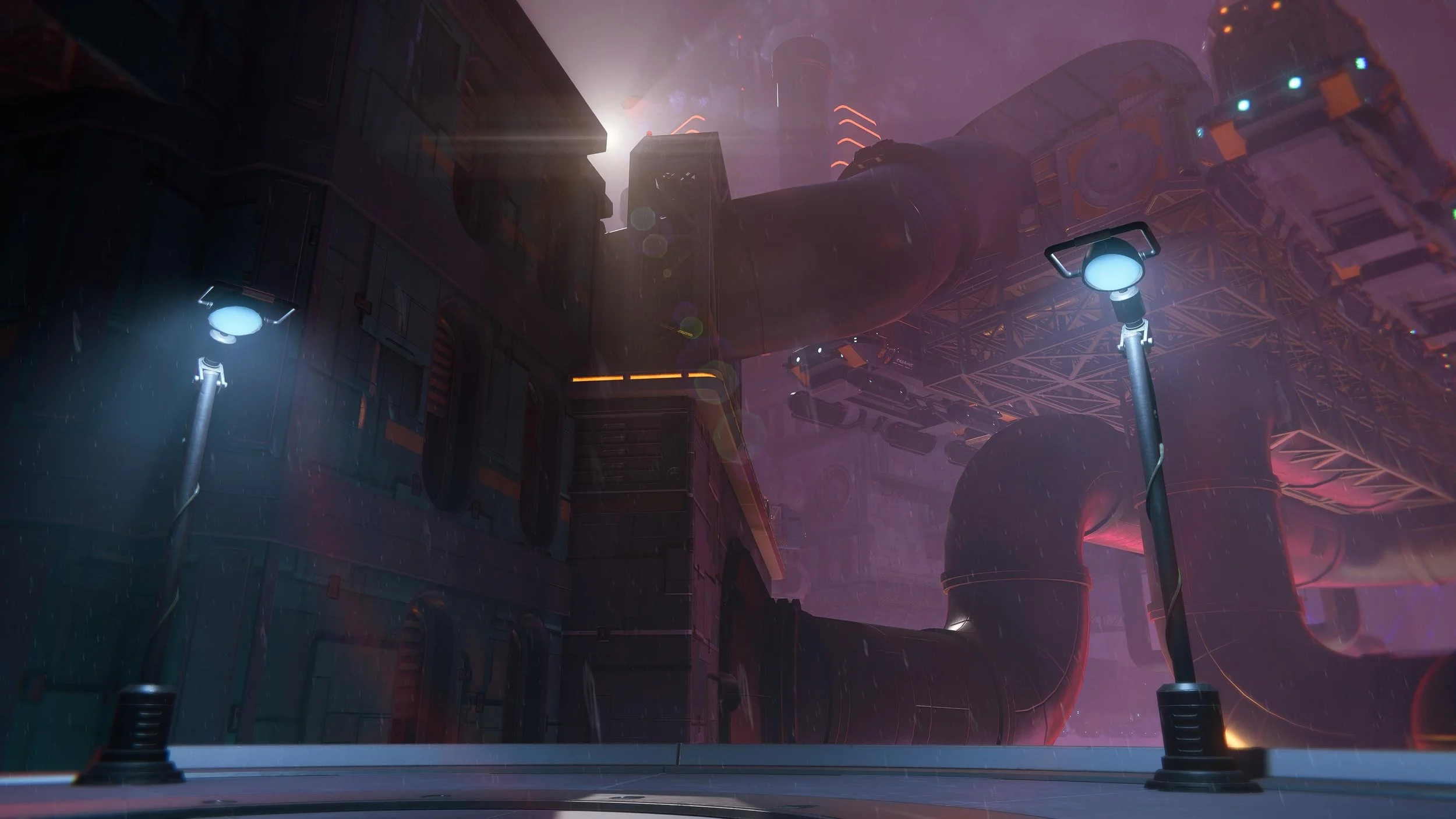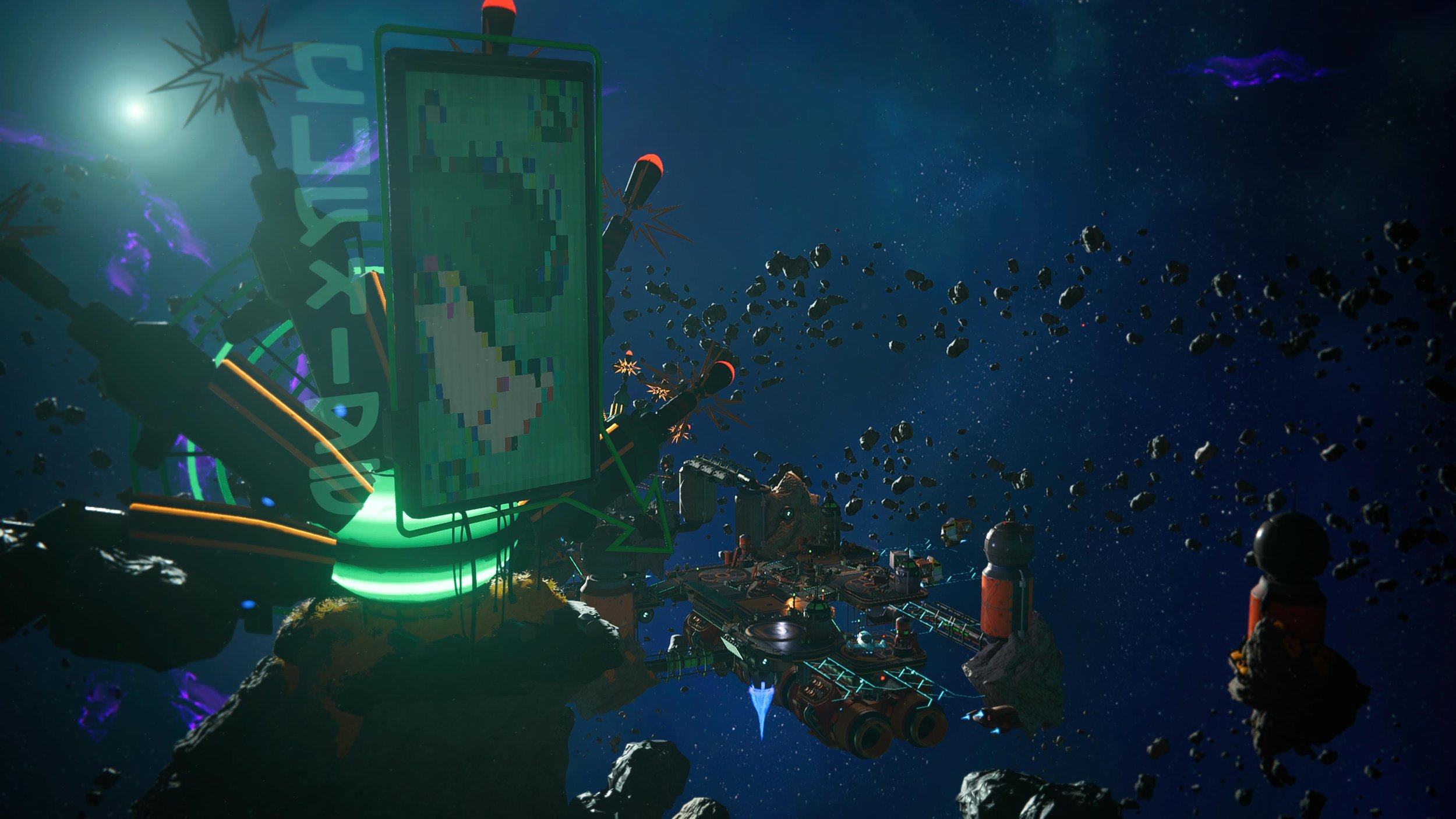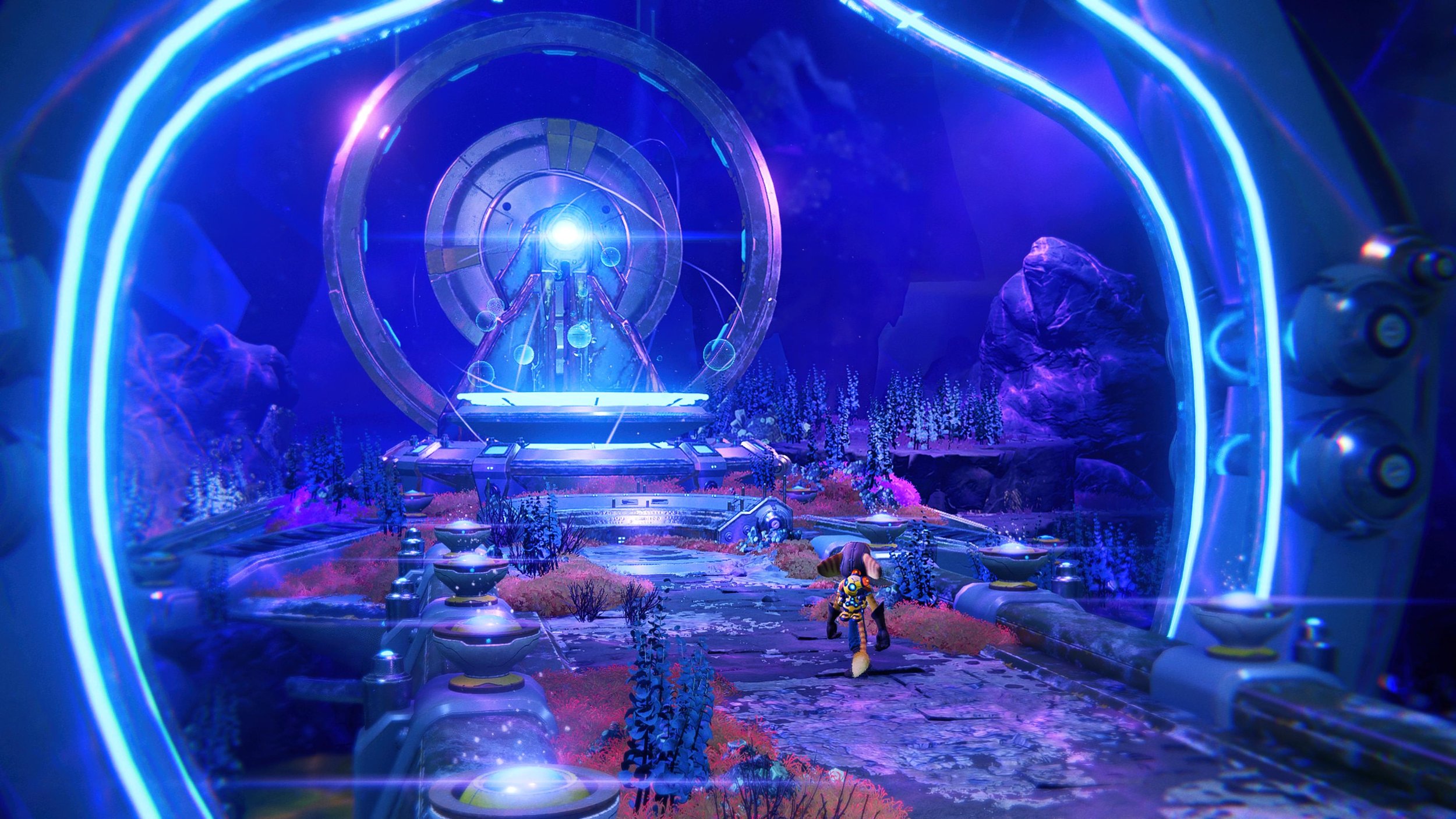With series 3, I didn't know what to expect as they had kept their cards close to their chest. The uneasy status at the end of the movie left it open to explore the 'what happens next?' This final series only has 8 episodes but the final one is a feature length one at over an hour and 15 minutes. I'll break down each episode as a synopsis and give my opinions after:
The Train to Tofoten- When Hilda receives an invite from eccentric Great Aunt Astrid, she and the gang go pay her a visit. When she is tasked to return a woff egg, they journey across the woods to find the woff mountain where they nest.
I enjoyed this story as it gave Johanna a chance to shine and offered us a chance to learn a little about her past. Also, it gave us an insight into the woffs and their environment. The flight scene with the gang riding the woffs is a fist-pump-in-the-air highlight.
The Fairy Mound- When Hilda starts to read a book about the Histories of the Fairies of Tofoten she tries to uncover the mystery about their origins. She goes on a quest to find them and finds a fairy mound deep in the woods but gets lost with Frida and David.
This is an exciting story that develops the lore of Tofoten further. We also gain a deeper understanding of Johanna's childhood and what motivated her move to Trolberg. The creepy fairy mound setting is suitably spooky and creepy and leads to an exciting but dramatic change in the family dynamic.
The Giantslayer- With the family returned to Trolberg, Hilda keeps in contact with her Great Aunt. When her charm is broken, Hilda travels deep into the forest to source the wood. She meets the Woodsman and accidentally travels back in time to the age of the giants. The people of the village hate the giants and slay them but Hilda tries to help the communities find peace with each other.
The stories are prescient and looks at how even the smallest individual can change the world. There are some people who always look towards violence but whilst Hilda seems overcome with insurmountable odds, she never gives up and tries to make the world a more equitable and kinder place. This is a message I can definitely get behind: 'Change takes times and we're not always around to see the outcomes of our good deeds'.
The Laughing Merman- Whilst trying to earn their Fish Finding badge for the Sea Scouts, Hilda, David and Frida join up with a new girl and find themselves lost in a river. They meet a chatty merman who is trying to escape from a sea serpent but find themselves going on various adventures along the river.
I love that this episode looks at how the gang always seem to find themselves in ridiculous situations yet want to appear normal. Also, the introduction of a new friend to make the gang the Freaky Four is cute.
The Job- We get introduced to Anders, Hilda's father. He seems to be a bit of a free-spirit and seems to struggle to be a father. When he takes up a job to explore the castle ruins on the outskirts of town, he starts to bond with Hilda whilst on this exciting adventure involving theft from a troll's horde.
I was quite pleased that Hilda's dad was just some random lightly balding bloke rather than the bell keeper or anything lore worthy, it added an element of surprise that he was just an immature deadbeat dad. His efforts to bond with Hilda go well but he does not know how to be a father and ends up putting her in danger through his irresponsible behaviour.
The Forgotten Lake- Hilda is still upset that her father left without saying goodbye so Joanna takes Hilda to the wilderness develop her bonding time. However, a spider/frog-like creature kidnaps her and is on the hunt for Johanna.
This is an exciting and tense cat and mouse-type episode and is exciting to the very end. As a standalone episode it really is excellent and it's brilliant to see Johanna go badass Ripley style!
Strange Sequences- When Hilda hears some weird static sounds on the radio, she goes all Rear Window-y and slightly obsessive. As she deciphers it and goes around canvassing a picture of her dad, she helps Frida and David organise a meeting when the Nisse go on a stealing/ 'borrowing' spree.
This is a cute episode where the idea of sharing rather than stealing comes into play for the Nisse. More importantly, Hilda, David and Frida find out where Hilda's dad is decide to mount a rescue operation.
The Fairy Isle- This is the final episode and a feature length one clocking in at 77 minutes. The longer runtime in necessary to let the story breathe and to let the magical world of the fairies breathe. When Hilda goes back to Tofoten, she enters the fairy mound to rescue her dad. She succeeds but re-enters to find her mum who has gone in to rescue Hilda. She befriends another girl but struggles to find her mother. When she does, she realises that they cannot leave without a price being paid.
The final episode is magical and puts a nice bow on things. Hilda has lots of adventures and realises the truth about her mother and the relationship between this world and the fairy. The relationship between Phinium and Lidia is beautifully represented and the guardianship of Astrid and Johanna is emotional. When the series is all said and done, the triumphalism of the final few minutes is palpable as callbacks and cameos abound. The majestic music carried the whole thing on a swell of positivity and hope.
Hilda is aimed at slightly older kids, it is a PG after all, but it is excellent for older people too as the central story about facing the challenges the world throws at us and being kind and understanding in the face of it all is a universal value worth reiterating. The focus on Johanna, where we learn about the difficulties of growing up and of being a mother, really developed her character and increased our understanding of her away from being a mere scold or nag.
It’s has been a great few years for animation but Hilda is on a whole different level for me as it has more heart and earnestness that many of its contemporaries. It is a masterpiece of world-building, storytelling, music and animation. The Hilda-verse is so very special and magical and I will miss it.
LINK- Hilda Season 1 Review
LINK- Hilda Season 2 Review
LINK- Hilda and the Mountain King- TV Movie Review
LINK- Hilda Comic Series Review
LINK- Gravity Falls Complete Series Review
LINK- Scooby Doo: Mystery Incorporated Complete Series 1 Review
LINK- Scooby Doo: Mystery Incorporated Series 2 Review
LINK- Ms Marvel Can Change the World










































































































































































































